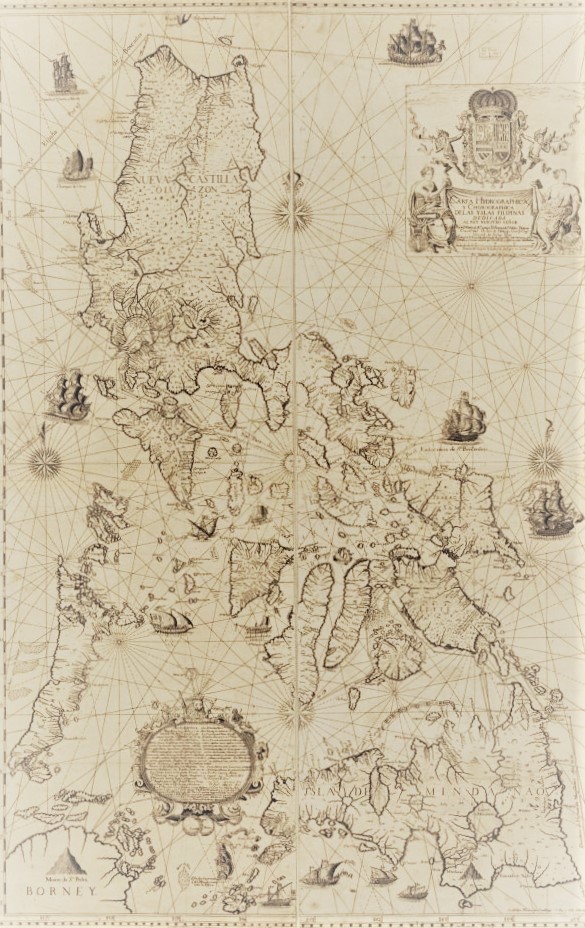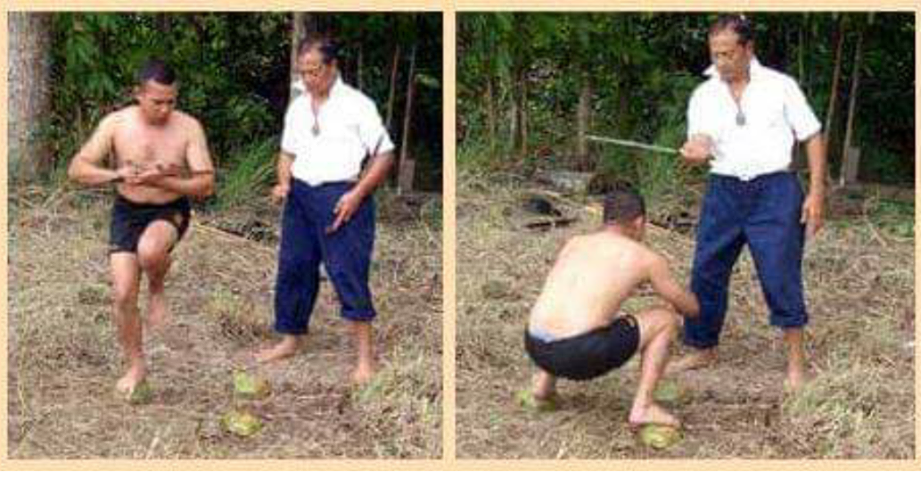History of Philippines and Fighting Arts

The history of the Philippines is one of invasion and intercultural adaptation. Long before Ferdinand Magellan arrived in 1521, the Philippines was known as the Maharlikas. There is little known about the pre-history of this region before 900 A.D. Animism and other indigenous unknown traditions and culture were present, but no concrete evidence has been found.
Interaction with the Malay Srivijaya Kingdom (among others) is documented by the Laguna Copperplate Inscription, which is dated to around 900 A.D. It was written in a mix of Malay, Tagalog, and Javanese in their ancient forms. The nearby Majapahit Empire likely played a large influential role in the region as well. The first-recorded Malay in the Philippine history was Sri Lumay, who founded the Rajahnate of Cebu, in the Visayan region of the Philippines. This region takes its name from the ancient Malay kingdom of Srivijaya, which was located in Sumatra and Malay Peninsula. Later on in the 12th century, settlers from the disintegrating Srivijaya Empire settled in the island of Panay and the surrounding area, intermixing with local populations. Historical evidence also indicates that pirates from the Visayan region raided areas along the coast of southern China during this time, causing fear in local populations. Continuing into the early 15th century, Islamic traders, settlers, and others spread Islam throughout the archipelago, primarily in the
southern region of the Philippines.
In 1521, Ferdinand Magellan’s fleet arrived in the area near Cebu. They encountered one of Sri Lumay's descendants, Rajah Humabon. Humabon was converted by the Spaniards to Roman Catholicism. Magellan was talked into ending a dispute with a rival of Humabon, Datu Lapu-Lapu of Mactan. Magellan used his Malay slave to communicate with them, but in the end, Magellan was killed by Lapu-Lapu in the Battle of Mactan. This event opened the door to the colonization of the Philippines by Spain, which lasted until 1898. The Maharlikas were renamed as the Philippines, after King Philip of Spain.
The martial arts of the Philippines has been influenced by the historic movement of peoples and transmission of cultures, including the Malays, Indonesians, Arabs, and Chinese. The Spanish domination had an incredible influence on Filipino cultures throughout the archipelago. This period saw many revolts against the Spanish domination. This led to the subjugation of indigenous people in various levels of ruthlessness according to geographical location. The indigenous fighting arts were kept hidden as much as possible in order to survive. In many places, the use of the blade was forbidden by the Spanish authorities. This caused the evolution of stick (baston) styles of fighting in place of the blade. Many deep cultural arts, including Kali, did not get passed on, or only partially. Very few were able to keep their arts hidden, and were properly able to pass their complete art to the following generations. The cultural artifacts that vanished during this period were a great loss of Filipino culture.
PEKITI TIRSIA KALI Evolution

The Tortal family can trace their Kali back into the 1700’s. They were based on the island of Panay, and eventually many settled in nearby Negros Occidental. Grand Tuhon Norberto Tortal (1750 -1810) was known for his Kali, although it did not have a name at this time. The Tortal family used this technology to keep their lands and survive those uncertain times. The Tortal family had established their system in 1800, but formalized it in 1897 to be an art of cultural importance, and not just the art of warfare. The Kali of the Tortals was formalized in 1897, as Pekiti Tirsia. GT Segundo Tortal (1840-1930) passed his Kali on to his three sons, Conrado, Balbino, Teodorico, and Francisco. They all settled in Talisay, Negros Occidental. During the Japanese occupation of the Philippines during World War 2, GT. Balbino fought against the Japanese and died in close quarters combat. He took the lives of many Japanese soldiers with his bravery and skills of Pekiti Tirsia.
A few years after the Philippines gained independence, GT Leo T. Gaje Jr. grew up learning the Kali of his forefathers under GT Conrado Tortal. Traditionally it was passed on only within the family, and continued that way until 1972. Gt Gaje’s legacy was to bring Pekiti Tirsia Kali to the world. Tuhon Rommel Tortal grew up with Pekiti Tirsia Kali, under his uncle, Grand Tuhon Leo Gaje, Jr in the pure and traditional Pekiti Tirsia Kali System.



